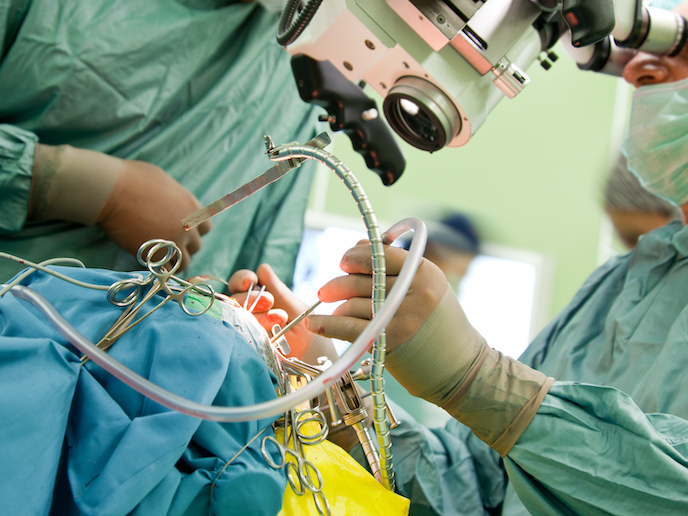Surgery innovation offers hope for stroke patients
A stroke(opens in new window) occurs when the blood supply to a part of the brain is interrupted or reduced. Brain cells begin to die in minutes due to a lack of oxygen and nutrients. Early intervention is critical to reducing the chances of brain damage and other complications. “Treatment for a stroke usually includes what is known as endovascular radio-guided surgery,” says Guillaume Petit-Pierre, co-founder and CEO of Artiria Medical(opens in new window), Switzerland. “This involves inserting and navigating long and thin catheters and guidewires through the brain’s arteries. This is not always easy. Surgeons are often required to remove the material and reshape the tip of the devices by hand.” This can happen as often as five times every surgery. Risks to the patient include an increased chance of infection due to repeated device removal and insertion, and augmented X-ray exposure. For surgeons, the technique makes the duration of the surgery longer and more expensive.
Reshaping brain surgery
To address this challenge, the EU-funded SmartGUIDE project has helped Swiss start-up Artiria Medical to develop and bring closer to market an innovative device. The instrument contains a tip that can be remotely reshaped, allowing the surgeon to change the profile of the instrument’s head while still navigating through brain arteries. “The idea for this concept came from watching stroke endovascular(opens in new window) surgeries being performed,” explains Petit-Pierre. “We witnessed first-hand the fact that these procedures are often interrupted due to navigational issues. We felt that a better solution was possible.” Artiria Medical was spun off from the Swiss Federal Institute of Technology Lausanne(opens in new window) in 2019 in order to develop the concept. This was achieved in collaboration with renowned specialists in the field of interventional neuroradiology(opens in new window). The patented innovation allows the surgeon to adjust the device head in real time. The instrument has been designed to be easy to use, with no specialised training required. Once the device is in place, surgeons can insert a catheter in order to deliver life-saving treatment. This will typically result in the removal of a blood clot, or stop bleeding in the brain.
Improved recovery rates
The 4-month EU-funded project enabled the firm to assess the technical and commercial viability of the product. “We evaluated how the device would perform in surgery,” adds Petit-Pierre. “This was achieved with an innovative test model that was made especially for the project. The model was designed based on arterial vessels extracted from existing clinical cases. This ensured that the evaluation was incredibly accurate.” Petit-Pierre and his team were also able to demonstrate that the device can speed up emergency stroke procedures. Due to the device’s agility, it can reach the affected part of the brain quickly, reducing X-ray exposure. “We found that the device can save a substantial amount of time per surgery,” he notes. “When it comes to strokes, time saved directly translates into improved patient recovery.” The company’s focus now is on accelerating the clinical and regulatory validation of this innovation. “An estimated 15 million people suffer a stroke every year,” says Petit-Pierre. “This brain disease often leads to death or severe disabilities. Our ultimate goal is to have a positive impact on the treatment of strokes, and dramatically improve recovery rates.”







